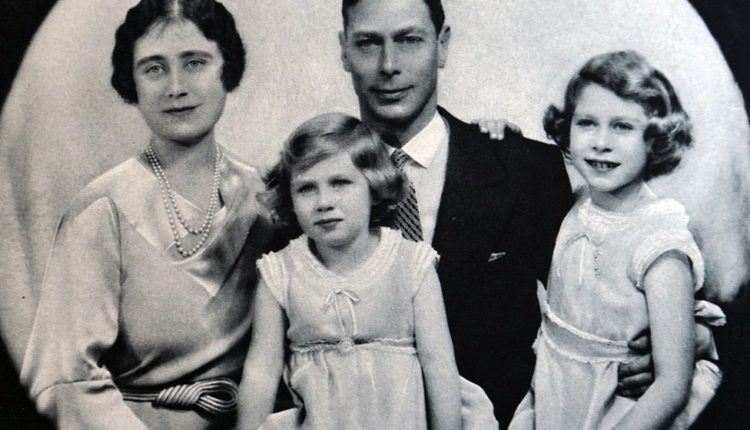It is often said that Queen Elizabeth II lived out the first decade of her life with little expectation of her royal destiny. She was a carefree child, apparently, who spent her time playing with her horses and dogs, blessedly free from the shadow of what lay ahead.
This Sunday marks the 70th anniversary of her becoming Queen. The young Princess Elizabeth has been compared to the modern-day Princess Beatrice – daughter of the second-ranking Duke of York (‘Bertie’ in 1926, Prince Andrew today), and hence remote from any serious prospect of succeeding to the British Crown, let alone reigning over the 500 million or so inhabitants of what was then known as the British Commonwealth and Empire.
December 1936 thus became the dramatic turning point in this scenario when her Uncle David, King Edward VIII, stunned the world and his family by abdicating the throne to marry Wallis Simpson, his divorcée American mistress – throwing the 10-year-old Elizabeth into the direct line of succession. Her father Prince Albert took the title of King George VI, and his elder daughter now became his immediate heir – the very first in line.
But was the young princess really so unprepared?
“Papa is to be King,” Elizabeth informed her six-year-old sister Margaret Rose that December day, explaining the sudden cheering from the crowds that were gathering outside their town house in Piccadilly.
“Does that mean you’re going to be Queen?” asked Margaret.
“Yes,” replied Elizabeth coolly, “I suppose it does.”
“Poor you!” responded her younger sister humorously as she related the incident to Elizabeth Longford in the early 1980s. But Margaret chose to omit the joke when she re-told the tale two decades later to historian Ben Pimlott. She focused rather on how the new heir had seemed disinclined to jest or dwell upon her dramatic elevation. “She didn’t mention it again,” the princess told Pimlott.
So what did the 10-year-old Princess Elizabeth know? And when did she know it?
Queen Elizabeth II’s first model for what became her destiny was her beloved grandfather, the bluff and bearded King George V (1865-1936). She called him “Grandpa England”, which showed how astutely the little girl already grasped the essence of the royal business.
George V was distinguished “by no exercise of social gifts, by no personal magnetism, by no intellectual powers,” admitted his official biographer John Gore. “He was neither a wit nor a brilliant raconteur.” The old king, in other words, was exactly like most of his subjects. But he had a sharp sense for survival – and also for symbolism.
It was George V who shrewdly jettisoned the royal family’s Germanic surname of Saxe-Coburg-Gotha in 1917. So it is hardly surprising that, more than a century later, the world should be in such admiration of the skills that Queen has deployed through her uniquely long and distinguished reign. She learned them first-hand from the House of Windsor’s founder.
Sea-loving George V was the source of his granddaughter’s famous family nickname ‘Lilibet’. In April 1929, on her third birthday, she made it to the cover of TIME magazine as ‘P’incess Lilybet’.
Her grandfather’s preferred spelling, however, was ‘Lilibet’ without the ‘y’, as set out in frequent fond references in his meticulously maintained diary – one of the delights of the Royal Archives at Windsor.
Source: BBC


Comments are closed.